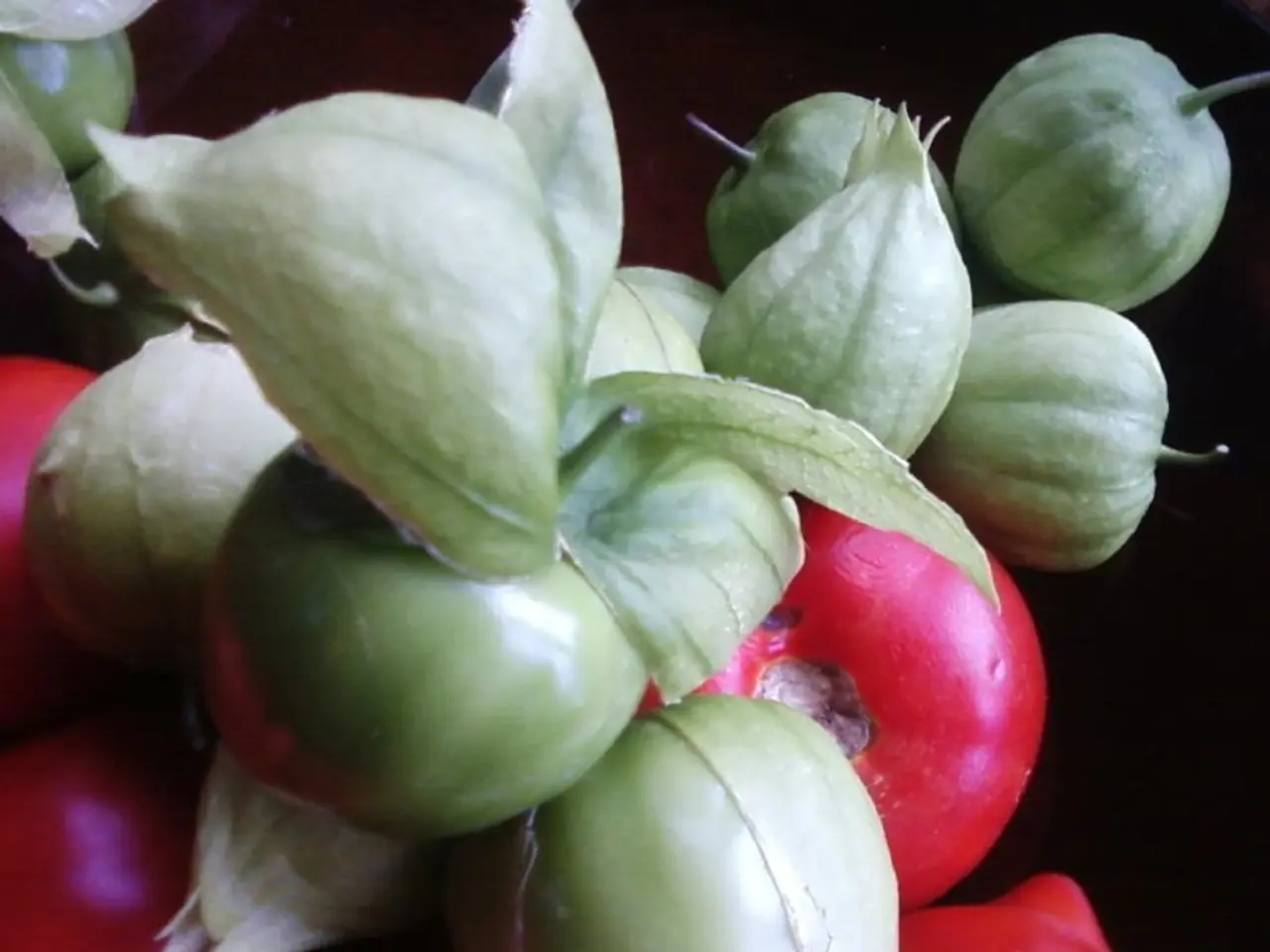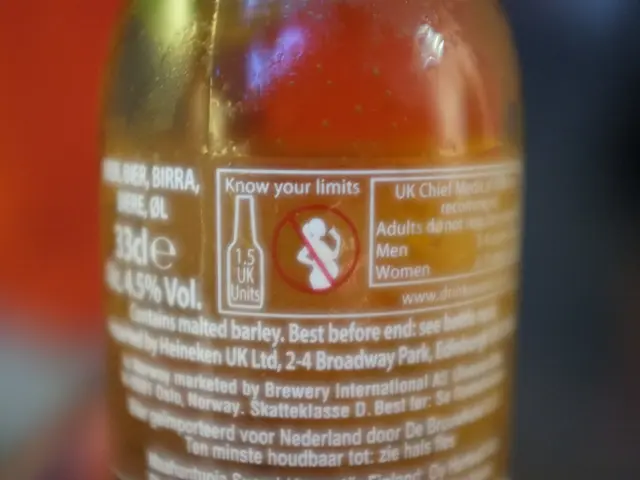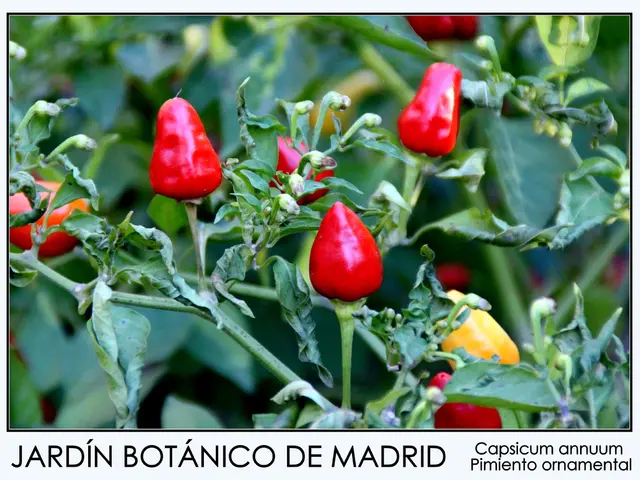Evaluating Vegetable Quality through °Brix: A Comprehensive Look at the Method
In the world of horticulture and food production, the Degree Brix (°Brix) has become a valuable tool for farmers, growers, and producers alike. This unit, developed in the mid-1800s by Adolf Brix, provides a straightforward, objective, and relatively inexpensive method for measuring the soluble solids content (SSC) in fruits and vegetables.
The °Brix values primarily influence the sweetness of these produce items, making it a key indicator for evaluating flavor quality and harvest maturity. For instance, kiwifruit harvest timing is often gauged by SSC values around 6.2–6.5 °Brix, while watermelons with °Brix values above 11 are considered especially sweet.
However, the usefulness and accuracy of °Brix measurements depend on several factors. Sample uniformity and type are crucial, as °Brix measures soluble solids, mainly sugars, but does not directly measure acidity or other flavor components. Different fruit types have varying sugar-acid balances affecting flavor perception.
Measurement technique and instrument calibration are also vital. Portable refractometers with automatic temperature compensation improve reliability and ease of use when measuring °Brix in fruits, vegetables, juices, and other agricultural products. Older models may require the use of correction factors to obtain accurate results for samples taken at temperatures other than 20°C (68°F).
Fruit maturity and environmental conditions play a significant role as well. Environmental factors such as growing conditions and post-harvest handling affect sugar accumulation and thus °Brix readings, so sampling timing is critical.
In addition, °Brix is often combined with acidity, dry matter, texture, and other measurements to get a comprehensive quality profile and improve predictive value for flavor, shelf life, and consumer acceptance.
Refractometers, the devices used to measure °Brix, can be handheld or bench-top. Handheld refractometers offer the most convenience for on-the-spot measurements.
With practice and careful attention, crop managers can manipulate these factors to achieve target °Brix levels. The information gathered from °Brix readings allows growers and others to compare varieties and production practices across farms, harvest dates, years, and seasons.
Moreover, °Brix values are important in the produce, food, and beverage industries for assessing harvest readiness, crop quality, and in the production of various products like beer, wine, juice, sauce, refined sugar, and others.
To aid farmers and produce buyers, four fact sheets have been prepared to guide them in using °Brix as an indicator of vegetable quality. By understanding and utilizing °Brix, producers can make informed decisions about their crops, ensuring the best possible quality for consumers.
- The Degree Brix (°Brix) helps farmers and growers evaluate the flavor quality and harvest maturity of their crops, particularly in horticulture and food production.
- For optimal crop production, crop managers can manipulate factors such as sample uniformity, measurement technique, fruit maturity, and environmental conditions to achieve target °Brix levels.
- In the produce, food, and beverage industries, °Brix is crucial for assessing harvest readiness, crop quality, and the production of various products like beer, wine, juice, sauce, refined sugar, and others.
- To aid producers in making informed decisions about their crops, four fact sheets have been prepared to guide them in using °Brix as an indicator of vegetable quality, contributing to the best possible nutrition for consumers.
- Refractometers, the devices used to measure °Brix, can be handheld for on-the-spot measurements or bench-top for more detailed analysis, providing valuable insights into the soluble solids content of fruits and vegetables.






